Raw Beauty Conference
The most common rationale for the preservation of buildings of the recent past was voiced by Joe Holyoak in his opening remarks for this conference on Brutalist architecture in Birmingham on the 28th of June. He described these buildings as at present being in the ‘shadow of history’ that prevents us from seeing their beauty and instead focusing on their faults. A similar point was made by Hugh Pearman when he wrote of the time that Victorian architecture (Birmingham’s School of Art and the Chancellor’s Court below middle and right) was considered an over-decorated reminder of sooty skies and poor sanitation – it seems incredible today that St. Pancras station (below left) was once considered an embarrassment fit for demolition.
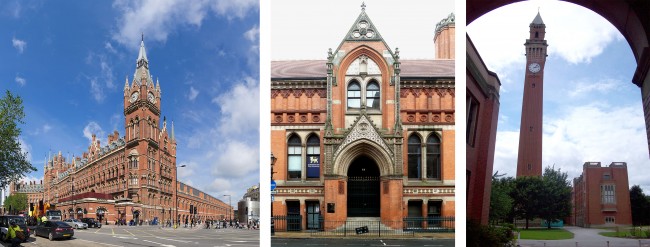
This is my first blog for the Birmingham Conservation Trust, and though I’m not solely interested in the conservation of modern architecture, it will be the theme that I report on as I develop my knowledge of the subject. I’m not an expert, but hope I can stimulate debate, or encourage readers to comment on this complex area – how and what to conserve from our recent past?
‘Brutalism’ was a term popularised by Reyner Banham in the 1960’s which was universally despised by the architects of that ‘school’, for a style of modern building that favoured expressed structure and services, and was usually constructed from concrete (Robin Hood Gardens, below left, Park Hill, right). After high profile technical failures and criticism, not least from the Prince of Wales, it has for some time been an unappreciated style.
Although appreciation has become more widespread, the need to preserve these buildings has become urgent as more and more examples of Brutalist architecture have been demolished despite the efforts of the 20th Century Society, members of the public, and even against the advice of English Heritage.
Just as a fine Victorian library (below left) was demolished to build Paradise Circus, and within it Madin’s Birmingham Central Library, this too is now due to be redeveloped, and the plight of this building was at the centre of the debate. No doubt this will continue to be a contentious subject, and may well be the focus for a future blog, but here I will be reporting on the Raw Beauty conference itself.
Covering subjects such as how to campaign for the protection of these buildings, and how to repair or convert them to new uses, the issues could for me be reduced to one question: are these buildings beautiful? There were a range of sometimes contradictory answers.
An obsession of many early Modernist architects was ‘truth’ – buildings that looked as they do because of the way that they’re made, and what they are for, rather than for symbolic reasons. This philosophy was not new (Pugin, architect of St Chad’s was mentioned) but the drive was towards rationality rather than spiritual truth. Brutalist architects sought truthful construction which has resulted in buildings difficult to convert to new uses (Ross Brown), and which perform poorly because of low levels of insulation (I could go on as a bit of a technical nerd, but I won’t!). The strange thing is that some supporters of Brutalism, in their attraction to buildings that look rational, desire buildings which are actually not rational – because they function poorly.
Concrete is seen as a cheap and low quality material, and Brutalist architecture is sometimes thought of as deliberately ‘brutal’ or aggressive in its appearance, but it was revealed that Brutalist concrete often showed the highest levels of craftsmanship in its construction, not to mention expense (Barnabas Calder), and that a great deal of subtlety can be seen in their spatial planning, on par with those of fine Neo-Classical buildings (Andy Foster).
Concrete itself can be as beautiful as fine quality natural stone, and perhaps our dislike of weathered and stained concrete is a prejudice, and we will grow used to it as we do to seeing weathered masonry.
These views were contradicted however by others who see the ‘raw’ materials, and the monumental scale of Brutalist architecture as ‘sublime’; that they affect their users in an emotional way just as vast gothic buildings do – they remind us of how small we are, and impress us with the power of those who built them. The term ‘Brutalism’ comes not from ‘Brutal’, but from the French ‘beton brut’ meaning raw concrete. However it seems to many, the occasional brutality of the architecture is a source of its attraction.
A final thought, that wasn’t made at the conference but has been made elsewhere was the affect of nostalgia. Brutalist buildings were made at a time when the welfare state was at its peak, when man was considering or had recently walked on the moon, and anything seemed possible. To people of my generation, they represent a simpler time, which is nostalgic in the same way that my parents’ generation feel nostalgic for steam trains. Things which are old fashioned now, but in their time, were incredibly high-tech (Ironbridge, below left). Maybe now we are reaching a time when Brutalist architecture conjures the same sense of romance as Victorian buildings, whatever we think about the way they look?
The Friends of Birmingham Central Library have by no means given up the fight to save it, but whatever the merits of this building, a wider war is the need to protect architecture from this period of our history, particularly in Birmingham. Whether we see these buildings as simply ‘of their time’ and protect them as a historical record, or come to see them (or already do!) as beautiful in the most traditional sense, they will be gone for good unless we do something.
Thanks to: Joe Holyoak, Barnabas Calder, Ross Brown, Sally Stone, Christina Malathouni, Andy Foster, Alan Clawley, Roger Bowldler, Catherine Croft and the 20th Century Society.


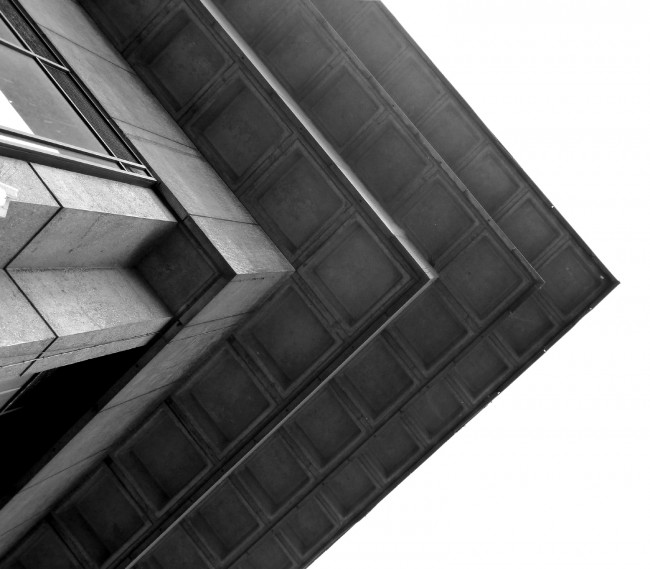
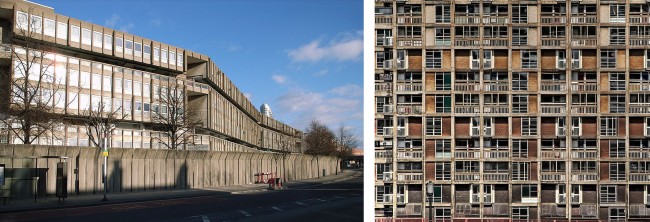
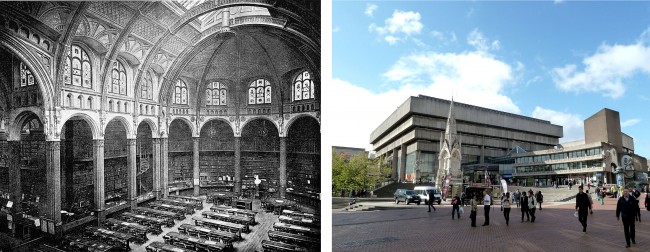

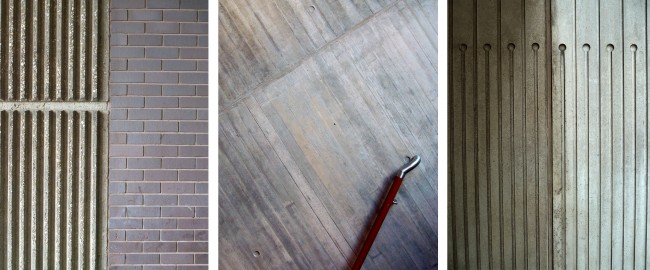
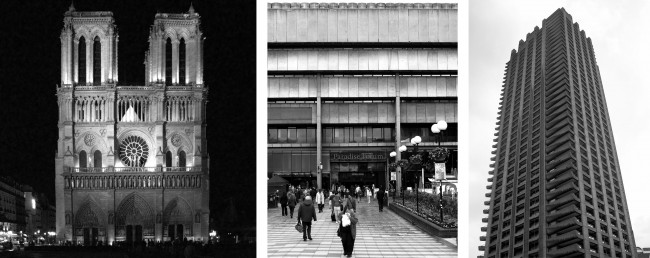
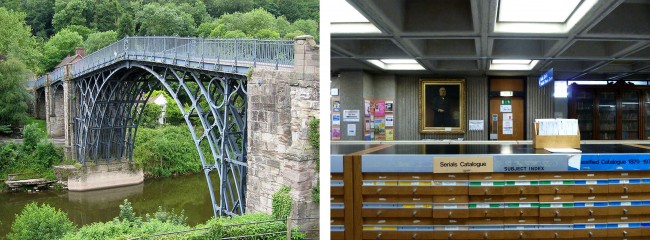

Very thought provoking blog, Matt – particularly in the way you put Brutalism into context (and I’ve learned where the term ‘Brutalism’ comes from – not what I thought at all!). I’m looking forward to your next blog – you deserve a big readership.
Fab first post Matt. I’m fascinated by different building materials and architectural fashions.